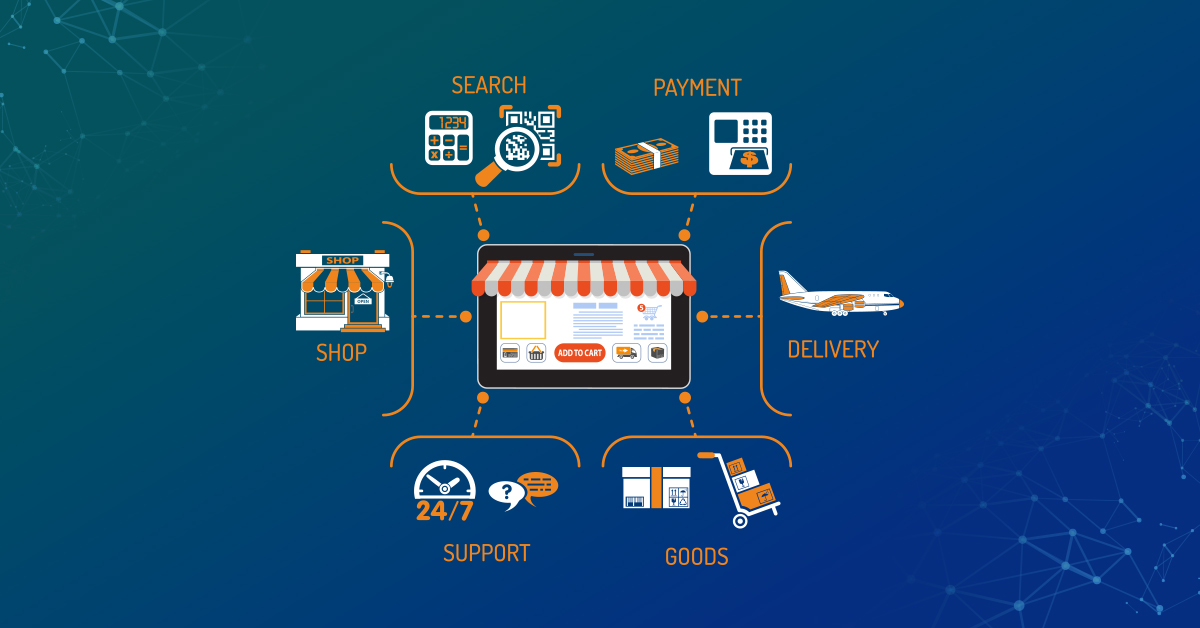As healthcare systems worldwide strive for better patient outcomes, operational efficiency, and cost optimization, the digitization of hospital administration has emerged as a crucial enabler. Globally, the Hospital Information System (HIS) market was valued at USD 20.2 billion in 2022 and is projected to reach USD 44.3 billion by 2030, with a compound annual growth rate (CAGR) of over 10.5%. Countries such as the United States, Germany, Singapore, and South Korea have pioneered sophisticated hospital management solutions that seamlessly integrate patient records, billing, supply chain management, human resources, and diagnostics into a single, intelligent ecosystem.
In contrast, many African nations, including Sudan, continue to struggle with manual, paper-based hospital operations, which result in fragmented care delivery, lost records, mismanaged resources, and limited decision-making capabilities. While the global healthcare industry accelerates towards AI-assisted diagnosis and predictive analytics, Sudan's public health institutions face structural challenges that hinder operational performance and patient satisfaction. However, this gap also presents a unique opportunity: by adopting a robust Hospital Administration Management System (HAMS), Sudan can leapfrog into a digitally enabled healthcare future.
.jpg)
Global Best Practices vs Sudan’s Current Landscape
Globally, hospitals operate on fully integrated platforms that bring together clinical, administrative, and financial data in real time. For instance, Singapore’s public health system, under its National Electronic Health Record (NEHR), allows every citizen's health data to be accessed across hospitals, improving both outcomes and efficiency. In Scandinavian countries, hospitals use automated scheduling systems, real-time staff allocation tools, and integrated pharmacy systems to streamline operations.
In Sudan, however, hospital management is mainly manual. Patient records are stored physically, billing is done offline, and staff scheduling is handled informally. This lack of digitization leads to prolonged wait times, inconsistent treatment histories, stockouts of critical supplies, and inefficient utilization of medical staff and equipment. Moreover, data required for public health planning is often inaccurate or unavailable, impairing the Ministry of Health’s ability to respond to emergencies or plan investments effectively. The contrast is stark, but the roadmap is clear.
.jpg)
Why Sudan Needs a Hospital Administration Management System?
Sudan’s healthcare system is under pressure from multiple fronts, including rising patient loads, a shortage of skilled medical staff, supply chain disruptions, and a lack of reliable medical data. The country has one of the lowest doctor-to-patient ratios in Africa and is heavily reliant on international aid for its health services. In this context, streamlining hospital operations isn’t a luxury; it’s a necessity.
A Hospital Administration Management System (HAMS) can centralize and automate all critical hospital functions, from patient admission and discharge to billing, pharmacy, diagnostics, inventory, human resources, and maintenance. It creates a single source of truth for every department, drastically reducing administrative errors and resource leakage. Most importantly, it empowers hospital administrators and government health departments with data-driven insights into patient loads, mortality rates, equipment use, and staff performance. For a resource-constrained country like Sudan, such efficiency gains could mean more lives saved with fewer resources.
Overcoming Implementation Barriers in Sudan:
Implementing a Hospital Administration Management System (HAMS) in Sudan’s healthcare landscape presents several challenges. The country faces significant infrastructure constraints, including inconsistent electricity supply and limited internet connectivity, especially in rural areas. Many public hospitals lack the basic digital infrastructure needed to support such systems. Additionally, the workforce is often unfamiliar with digital tools, and there is a general shortage of trained IT personnel in the healthcare sector. Resistance to change also plays a role- medical staff accustomed to paper-based workflows may view new systems with skepticism, fearing disruption or increased workload.
Overcoming these barriers requires a strategic, phased approach. Initial deployment should focus on high-volume urban hospitals where the impact is most visible, creating success stories that can be scaled. Capacity building is crucial; hospital staff require continuous training and hands-on support to adapt to new processes and procedures confidently. Furthermore, using mobile-first, cloud-enabled solutions with offline functionality ensures operability even in areas with low connectivity. Localization of the platform, including Arabic language support and alignment with Sudanese healthcare protocols, enhances user adoption. Most importantly, strong policy backing from the Ministry of Health and support from global health partners can help secure the funding and long-term commitment needed to sustain this digital transformation journey.
.jpg)
Impact on Public Health and Governance
Digitized hospital administration not only improves operations but also reshapes how health systems function and how leaders govern. By embedding real-time insights into every layer of service delivery, HAMS can revolutionize how Sudan manages health data, resources, and outcomes. Moreover, HAMS supports better planning for preventive care, vaccination drives, and maternal health programs by offering access to accurate, structured health data.
On the governance front, digitization increases transparency and accountability. Automated billing reduces financial leakages, digitized inventories prevent theft and waste, and performance metrics for staff enable merit-based evaluations and training. Additionally, digital records help standardize care, minimize human error, and reduce dependency on individual staff memory or availability. In the long run, the integration of HAMS with national health insurance systems and e-governance platforms can also help Sudan progress toward its Universal Health Coverage (UHC) targets. By enabling more equitable, data-driven, and citizen-centric health services, HAMS not only improves operational efficiency but also becomes a foundational tool in building a resilient, inclusive, and accountable healthcare system.
Conclusion: A Digital Leap for Sudan’s Healthcare
Sudan stands at a critical juncture in its healthcare journey. While the challenges are daunting, the opportunities are immense. By transitioning from manual operations to a digital Hospital Administration Management System, the country can significantly improve healthcare delivery, reduce inefficiencies, and establish a resilient, transparent, and responsive healthcare system. HAMS is not just about technology; it’s about restoring trust in public health, empowering caregivers, and saving lives. Recognizing Sudan’s need for smarter health infrastructure, CSM Technologies stepped in with a tailored solution designed for resilience, inclusivity, and real-time efficiency. The results are already visible across pilot sites, where hospitals are transitioning from chaos to coordination.
In collaboration with the Federal Ethics and Anti-Corruption Commission of Ethiopia, CSM developed the Hospital Management System for Al-Amal Hospital in Sudan, which plays a vital role in Hospital operations. HMS is a software product suite designed to enhance the quality and management of clinical care and healthcare management through clinical process analysis and activity-based costing. The basic idea behind the proposed system is to centralize the scattered information for each process within the hospital and store it in a single location. The system automates and facilitates hospital business processes.














































We will verify and publish your comment soon.